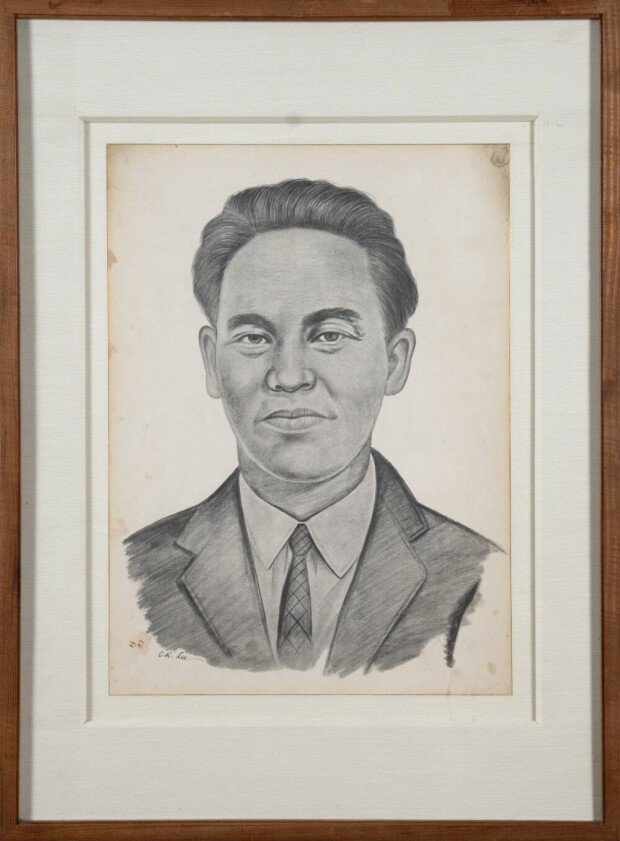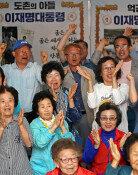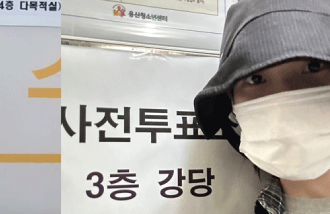Independence activists' relics on display
Independence activists' relics on display
Posted May. 14, 2024 07:52,
Updated May. 14, 2024 07:52

Artifacts that display traces of the independence activists, such as Yun Bong-gil's portrait and Prince Yi Kang’s calligraphy (writings or drawings from his lifetime), are gathered together.
The Cultural Heritage Administration has announced the opening of a special exhibition titled “Looking up to the Nation: A Fervent Heart Filled for the Country,” scheduled to run from May 13 to 31 at the Dondeokjeon Hall of Deoksugung Palace in Jung-gu, Seoul. The exhibition aims to unveil 21 relics of independence activists. Among these relics is a portrait of Yun Bong-gil (1908-1932), an independence activist who was martyred after throwing a bomb at a ceremony to celebrate the birthday of the Japanese Emperor and the victory in a war at Hongkou Park in Shanghai, China, on April 29, 1932. Additionally, there is a portrait of Son Byong-hi (1861-1922), a Cheondoism leader and one of the 33 Korean representatives named in the March 1 Declaration of Independence, along with a transcription of a liberation song.
Lesser-known calligraphies by independence activists are also on display. Among them is ‘Ga-un-su-seong (可雲修省),’ meaning ‘calm down and contemplate,’ written by King Gojong's fifth son, Prince Yi Kang (1877-1955). He was forced to repatriate in 1919 after being discovered to be in contact with anti-Japanese independence fighters and plotting to escape to the Provisional Government of the Republic of Korea in Shanghai. Also on display is a calligraphy by Kim Ga-jin (1846-1922), a diplomat in the late Joseon Dynasty, ‘Jong-o-so-ho’ (從吾所好, I will carry on doing what I like).
사지원 기자 4g1@donga.com







